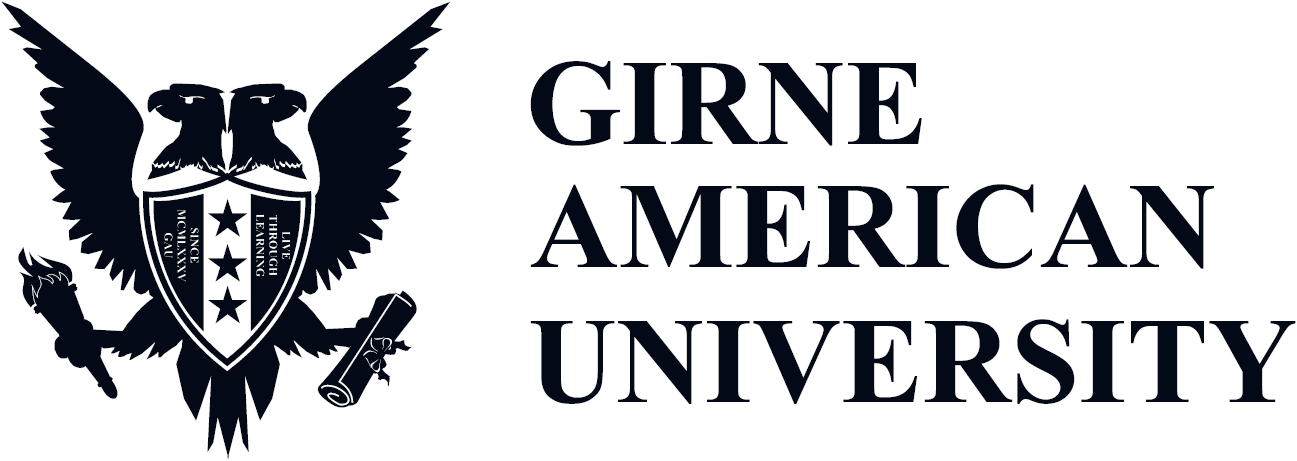The purpose of this course is to raise and examine questions about American foreign policy and the forces that shape it. U.S. foreign policy has always contained tensions created by the complimentary and conflicting demands of national interest, international responsibility, principles, and power, as well as the dynamics of domestic politics and international relations. By examining the processes by which foreign policy is made, we shall attempt to better understand the nature of these tensions as the United States has grown in wealth, power, and global influence over the last two centuries.
The course begins by examining American national interests, ideals, and power in the eighteenth and late nineteenth century when the United States first became a great power. We will ask “What turns rich nations into great powers? How and why do wealthy countries begin extending their influence abroad?” These questions and their answers may help us to better understand the emergence of other great/super powers like China in the 21st century.
The course will then move to a more traditional analysis of America’s role as it evolved from a great power to a superpower during the Cold War. We will ask “what turns a great power into a global superpower and how does a superpower maintain its dominance abroad?” The answers to these questions are important in understanding how and if the United States will successfully manage global hegemony in the 21st century. We will then analyze what current forces and power might challenge American power in the future. The course concludes with an analysis of several different policy issues that will continue to confront American policy makers in the 21st century.
- Teacher: Serdar Yurtsever
